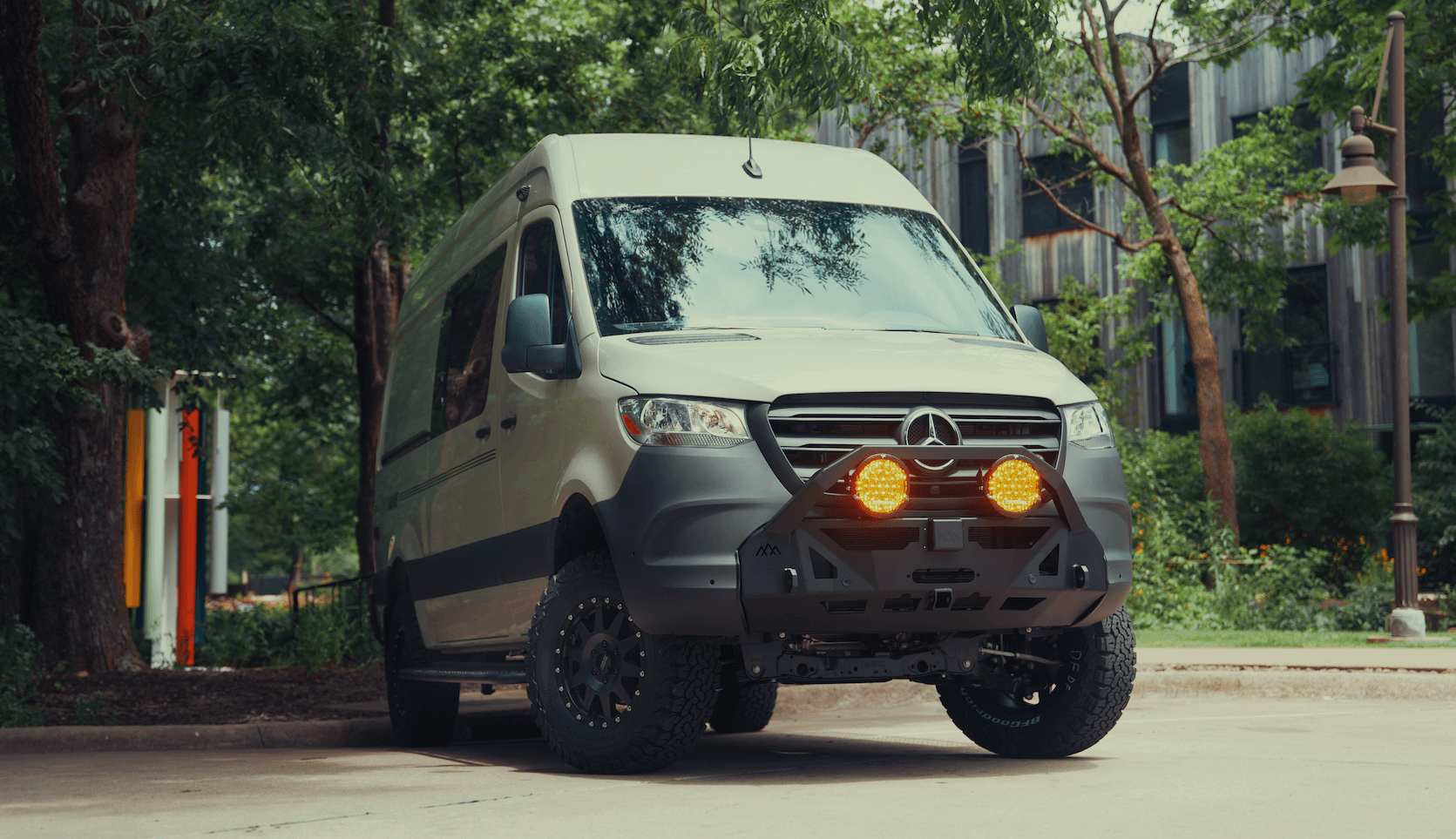Recreational Vans

Insurance carriers usually need your conversion to meet a basic set of livable features before granting RV classification. They want to see fixed, permanent amenities rather than loose gear. Common requirements include a secured sleeping area, a fixed cooking method, a food storage solution, a water source with a sink or basin, and interior ventilation. Expect them to ask for clear photos, a list of fixtures, and proof that installations are safe and properly secured. Some carriers also request a brief in person or virtual inspection to confirm everything is mounted and functional.
Many insurers follow a simple concept list, not a specific statute. Focus on permanence and safety. A removable camp stove may not count, while a bolted or bracketed cooktop usually does. A cooler can work if it is strapped and integrated, though a powered fridge is often preferred. If your build is partial, ensure the fixed items you do have meet the threshold your carrier sets.
Start with a tidy, uncluttered interior. Inspectors look for order, not chaos. Fasten furniture with proper brackets into structure, not just thin wall panels. Use locking hardware, thread locker, and backing plates where needed. Eliminate sharp edges and protect exposed corners. Confirm doors, drawers, and lids stay closed while driving.
Electrical safety is critical. Protect every positive circuit with an appropriate fuse or breaker located close to the battery. Route cables in loom, support runs at intervals, and avoid pinch points. Keep a simple wiring diagram that shows battery type, fuse ratings, and device locations. For shore power, use a GFCI protected circuit and correct wire gauge. Label the main disconnect so an inspector can find it fast.
If you use propane, install a two stage regulator, rigidly mount the cylinder, and run approved hose or hard line. Separate the tank from spark sources, add a drop vent where codes apply, and perform a leak test with a manometer or a quality bubble solution. Never rely on plumber’s tape for flare fittings. Photograph the regulator, the secured cylinder, and the appliance connection.
For water, a small jerry can with a fixed faucet or pump and a drain to a grey container often meets minimal criteria. Secure both containers, keep the drain sealed when driving, and show a photo of the faucet in use. A simple, fixed galley meets the spirit of livability while keeping weight sensible.
Install a smoke detector, a carbon monoxide detector, and a dry chemical fire extinguisher within easy reach. Add a propane detector if you run gas. Place detectors according to manufacturer instructions and note install dates.
Weigh the van after the build. Stay within gross vehicle weight rating, axle ratings, and tire load indexes. Record the scale ticket and tire specs. Inspectors and underwriters want proof you are operating within limits.
Create a concise packet. Include exterior photos, interior wide shots, close ups of the bed, cooktop, fridge or cooler, sink, power system, detectors, and propane hardware. Add a one page checklist mapping each photo to the required criteria. Attach receipts for major components and a simple wiring sketch.
Temporary camp gear presented as permanent fixtures is the top reason for denial. Unfused battery lines, loose cables, or undersized conductors raise immediate red flags. Unvented heaters that lack certifications often trigger rejections. Missing detectors are easily avoidable but frequently overlooked. Blocked egress, poor anchoring, and overloading the rear axle are other quick fails. Lastly, dim, blurry photos or missing angles can derail an otherwise solid application.
Note that insurers and DMVs use different rulebooks. A title change to motorhome may follow state level definitions, while your insurer may accept photo verification without retitling. Ask your carrier which proof they need and tailor your packet to that list.
If you want the confidence of clean documentation, certified components, and tidy, serviceable wiring, consider a professional partial upfit. A shop that builds day in and day out understands what insurers expect and how to present the vehicle so approval is straightforward. You still choose the layout and features, while pros handle the fixed installations that inspections scrutinize most.
OZK Customs in Fayetteville Arkansas specializes in purpose built adventure vans and partial upfits that meet insurer expectations without guesswork. Explore our recreational vans, see our approach to a custom build van, or browse mainstream vans that can finance and move fast. We do not rent vans or assist DIY builds. We deliver safe, permanent installations that keep adventures simple and insurers satisfied.
If your goal is passing RV inspection for insurance the first time, let our team design and install the fixed amenities and safe power systems that underwriters want to see. Share your travel style and timeline, and we will build a solution that is ready for the road and easy to insure. Reach out today to schedule a consult in Fayetteville Arkansas.
Ready for an insurance friendly van that passes inspection the first time. Book a consult with OZK Customs in Fayetteville Arkansas for a professionally executed partial upfit or a full custom build. We design and install fixed amenities, safe power systems, and road ready layouts that insurers understand. Tell us your use case and we will build the solution.
ADDRESS:
6159 E Huntsville Rd, Fayetteville, AR 72701
PHONE:
(479) 326-9200
EMAIL:
info@ozkvans.com